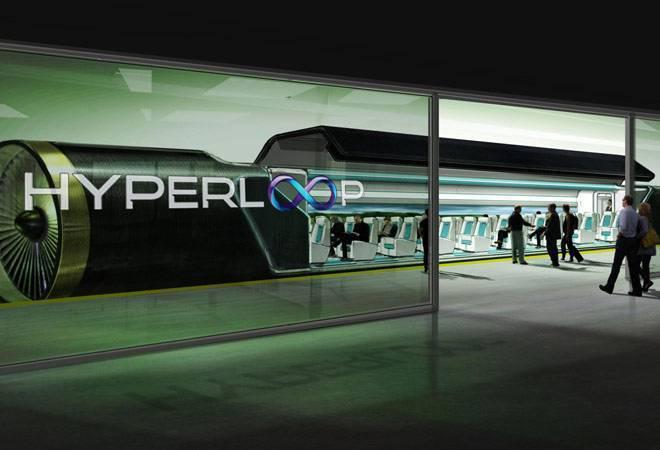Hyperloop in India Under Public-Private Partnership: What is the Govt Getting Into Now?

Earlier this week, Virgin Hyperloop One announced that they will be building a hyperloop connecting Mumbai to Pune in agreement with the state government of Maharashtra. This project will begin with the construction of an operational demonstration track which will be 10km long and will connect Hinjewadi IT Park to Old Mumbai-Pune Highway. Hyperloop is at the moment a new and untested technology, with high uncertainty about its costs and safety. After the bullet train, this seems to be another fluff project of the BJP government meant to distract the public from real issues plaguing transportation in India. Since it is being built under a public private partnership (PPP), it will again channel much needed taxpayer money away from development sectors actually needing attention.
Hyperloop technology promises to tackle two of the biggest difficulties faced in transportation: friction and air resistance. If successful, it can achieve high speeds with greater energy efficiency than any other means of transport. To do this, hyperloops put magnetically levitating pods in vacuum tubes. The levitation means the pods never touch the ground, thus never encounter friction. The vacuum pumps out the air, taking away the air resistance.
While this sounds promising and exciting on paper, building a completely new form of transport will require more time and money than Richard Branson has said in his statements about the Pune-Mumbai project. It will also require whole new forms of legislation to deal with safety. This makes the claims of having a fully functional hyperloop between Mumbai and Pune ready by 2024 hard to believe.
The Science Advisory Council (SAC) of Britain released their position paper on hyperloop last year talking about the technical feasibility of the technology. They wrote, “The SAC recognises that, whilst there are some specific design and operational challenges to be overcome, there is nothing in the fundamental Hyperloop concept that would prevent it from being able to operate safely and securely. However, because of the scale of the technical challenges involved (assuming that these are ultimately resolved and that the technology proves acceptable to passengers), an operational Hyperloop system is likely to be at least a couple of decades away.”
What are these safety concerns?
NASA, in its Hyperloop Commercial Feasibility Report highlighted the key safety questions involving this technology.
Since the pods of the hyperloop will be running in a vacuum tube, artificial air pressure will be created inside the pods. One of the biggest concerns is what will happen in case of a leak which will cause depressurization of the pod. Rapid fall in air pressure will result in fatalities.
Another safety concern is making emergency exits possible. In case a pod is stranded in a vacuum tube, how will people exit without coming into contact with the vacuum outside?
Issues about power outages and environmental hazards, such as earthquakes, also need to be addressed. While some of these questions have been answered in the Hyperloop Alpha White Paper written by SpaceX, the answers are not completely satisfactory.
Because of these safety concerns, it is expected that hyperloops will first be used to transport cargo, and not humans. However, transporting cargo presents its own set of challenges. Firstly, it will have to be seen if the pods will be big enough to transport the kind of shipping containers used today. According to NASA, either huge vacuum tubes, or smaller specialised containers will be required. Another issue is that for hyperloops to provide a real alternative to airplanes, ships, or trains for transporting cargo, a huge network will be needed. This will require massive amounts of investment and time.
How much will this cost?
In all the different proposals for building hyperloops, including this one, the focus is on keeping the costs market friendly and affordable. To do so, the project will be built under a public private partnership, with the government expected to provide huge amounts of funds. Details of the investment from the Virgin Group are yet to be revealed, but reports say that the capital cost for one kilometre will range from Rs 400 crore to Rs 700 crore.
However, because of the technology still being largely untested, it is reasonable to expect that these costs will vary. The government then agreeing to fund a project which they don't know how much will cost and which will serve a small portion of the population demands questioning.
After the bullet train, this is another project that shows the government's disinterest in bringing much needed improvement to existing public transportation, such as the ailing Indian railways.
Get the latest reports & analysis with people's perspective on Protests, movements & deep analytical videos, discussions of the current affairs in your Telegram app. Subscribe to NewsClick's Telegram channel & get Real-Time updates on stories, as they get published on our website.
























